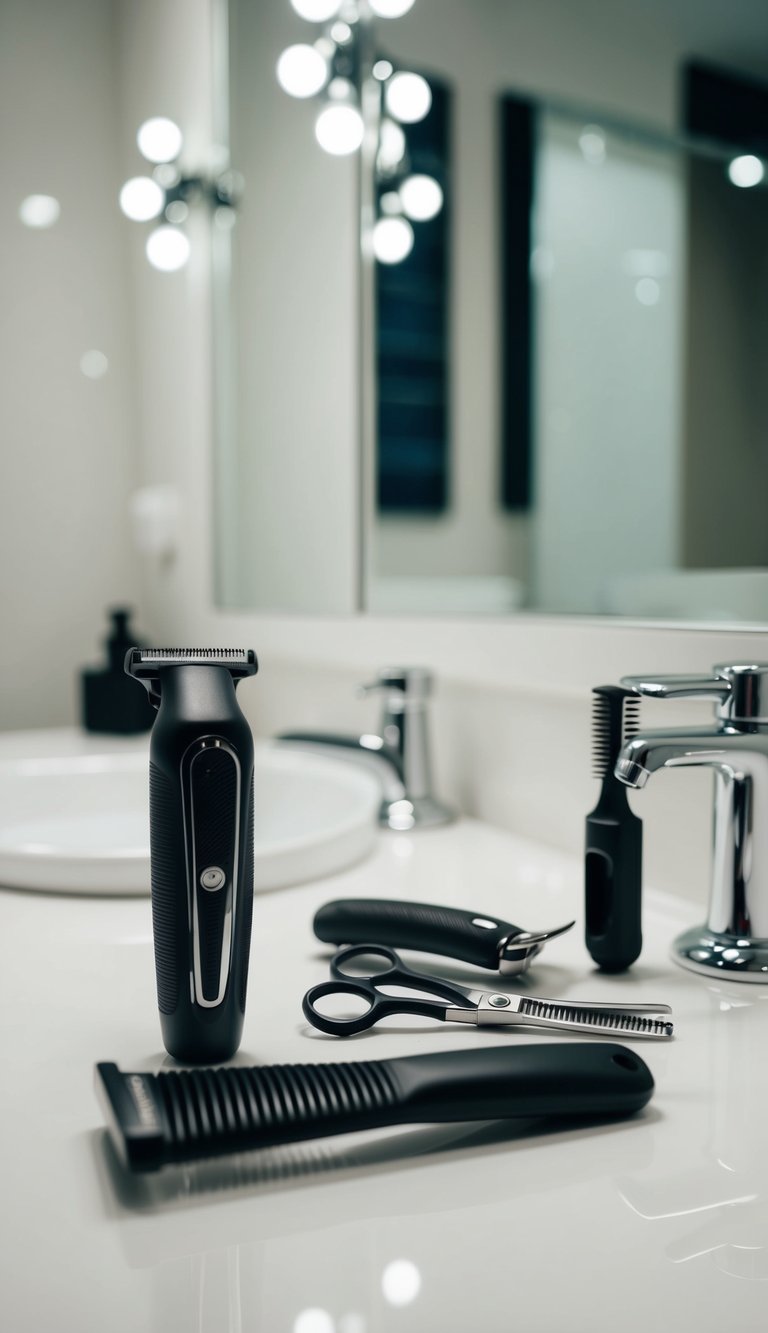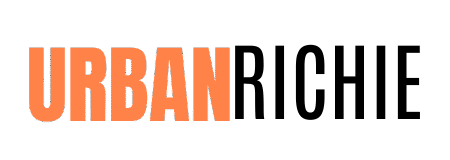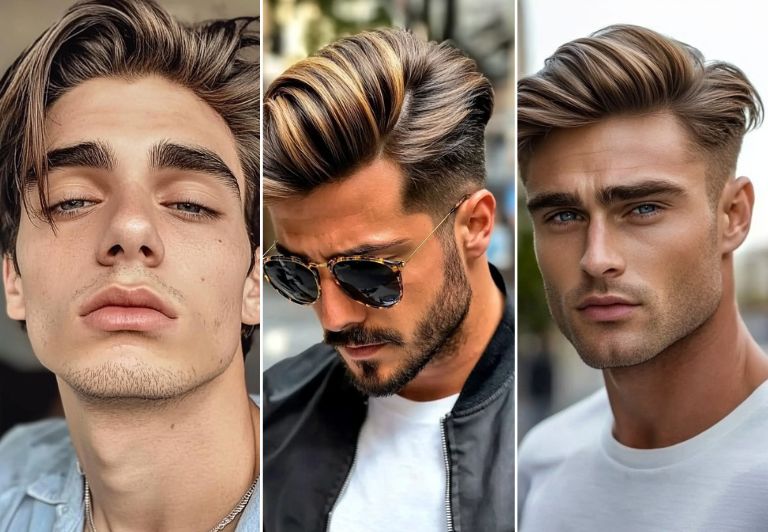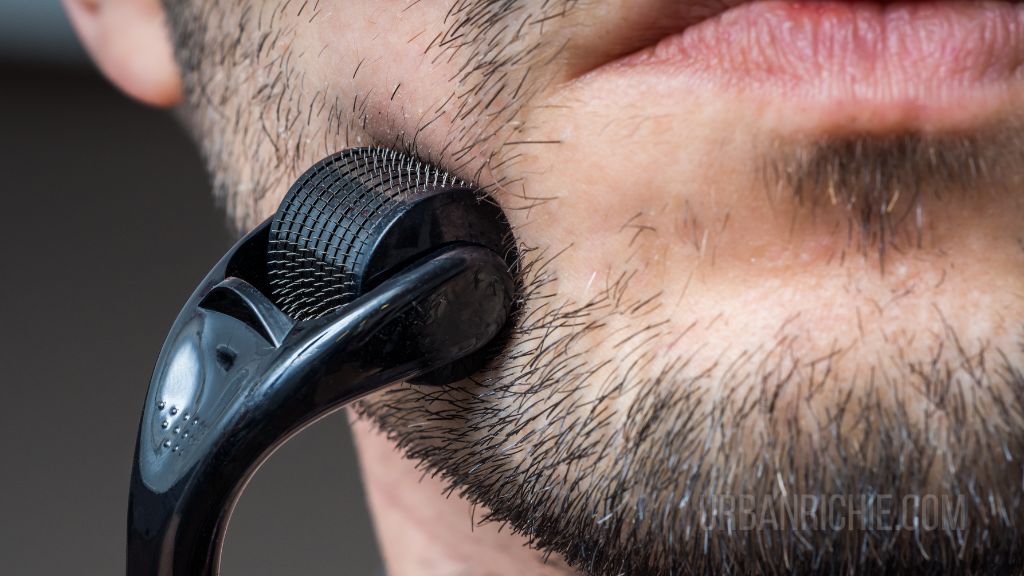How To Trim A Beard Yourself: Essential Techniques For A Well-Groomed Appearance
A tidy, well-shaped beard doesn’t just improve your appearance, it boosts your confidence, too.
To trim your beard properly, you’ll need the right tools and a game plan for shaping your cheek line, neckline, and mustache.
When you take the time to maintain your beard, it creates a cleaner, sharper look. Honestly, it just feels better, too.
Trimming your beard can seem tricky, especially if you’re new to grooming. But with a few simple techniques, you can dodge common mistakes and get results that look pretty professional, right at home.
There are tons of helpful tutorials out there on How To Trim Beard, including step-by-step advice on how to shape up your beard. If you’re feeling a little lost, those can be a lifesaver.
Preparing to Trim Your Beard

Getting your beard ready before you trim is crucial for a clean, even result. The right tools and a little prep go a long way toward avoiding mistakes.
Choosing the Right Beard Trimmer
Picking a good beard trimmer can really change the game. Look for one with sharp blades and adjustable length guards so you can control the style and length.
Cordless trimmers are more flexible, but corded ones usually pack more power. Think about how often you’ll trim and how thick your beard is before deciding. If you travel a lot, lithium-ion battery trimmers are handy since they hold a charge longer.
Some trimmers come with attachments for edging, detailing, or fading. If your beard is patchy or has different lengths, grab a trimmer with plenty of guard options.
It’s worth checking that your trimmer is easy to clean. Waterproof or washable models are less of a hassle and might last longer, honestly.
Washing and Drying Your Beard
Clean hair is way easier to trim. Always wash your beard with a gentle beard shampoo or cleanser to get rid of oils, dirt, and any leftover product.
Rinse with warm water to soften the hair. That makes for a much smoother trim.
Make sure your beard is totally dry before you start. Use a towel or a hairdryer on low heat—trimming a damp beard can leave things uneven since wet hair looks longer or lays differently.
After drying, a bit of beard oil or balm can help reduce frizz and keep things manageable. It’s also easier on your trimmer.
Detangling and Combing
Before you trim, grab a wide-tooth comb to work out any tangles or knots. This makes the hair easier to cut and helps you spot any problem spots.
Comb in the direction your beard grows. That way, you’ll see the real length and shape. If your beard’s thick or curly, a beard brush can help smooth things out even more.
Detangling separates each hair, so your trimmer glides through without catching. It also helps prevent those weird uneven lines. Take your time here—it’s worth it.
How to Trim a Beard Yourself (step by step)
Trimming your beard the right way keeps you looking sharp and helps your beard grow out evenly. The right tools and a little patience make all the difference.
#1. Setting the Guard Length
Pick your guard length first. If it’s your first time, start with a higher guard so you don’t accidentally take too much off. It’s way easier to trim more later than to fix a beard that’s suddenly too short.
Snap the guard on tight and test the trimmer on a small section. That’ll show you how much hair you’re actually taking off.
Trim against the direction your hair grows. You’ll catch more hairs and get a more even length. Go slow and check your progress in the mirror so you don’t miss any spots.
If you want a sculpted look, you can use shorter guards on the sides and a longer one on your chin. That trick makes your jawline look more defined—kind of a cheat code for your face.
#2. Defining the Beard Shape
A good beard shape follows your face’s natural lines. Before you start trimming, decide on the style, rounded, square, pointed, whatever feels right.
Comb your beard down to spot uneven areas. Use your face shape as a guide: round faces look longer with shorter sides and a bit more length on the chin, while square faces benefit from a little extra at the jawline and a softer chin outline.
Trim a little at a time. Step back and check for symmetry. Look straight in the mirror, and adjust as you go.
If you have longer hair under your chin, blend it into the rest for a smooth transition. Scissors are great for detailing corners or snipping stray hairs. Don’t rush, shaping is where the magic happens.
#3. Trimming the Cheek Line
Your cheek line gives your beard structure. For a classic look, imagine a straight or slightly curved line from your sideburns to the corner of your mouth.
Use a trimmer or razor to define this edge. Take it slow—just trim the hairs above your chosen line.
If you want a fuller beard, go higher on the cheek; for something sharper, trim lower and clean up stray hairs. It helps to use a washable pencil or the edge of a comb to mark your line. Keep checking both sides for symmetry.
#4. Outlining the Neckline
An untidy neckline can ruin the whole look. Tilt your head back and put a finger just above your Adam’s apple. Imagine a curved line from behind each ear meeting at that point above your finger.
Take the guard off your trimmer for this part. Carefully follow your imaginary line and remove everything below it. That gives you a clear border between beard and neck.
Don’t go too high, or your beard will look odd. Too low, and it’ll seem messy. Shave any stray hairs under the neckline for a crisp finish.
Blend the edge into the rest of your beard so it doesn’t look too harsh. This step gives your beard a solid base and keeps things looking sharp. For more tips, check out this guide to trimming a beard.
Check out this video guide:
Maintaining and Refining Your Trim
Keeping your beard sharp isn’t a one-and-done thing. A little attention to detail, especially around the edges, will help your beard stay neat and healthy day after day.
Detailing With Scissors
Scissors are perfect for targeting longer or uneven hairs that clippers miss. Start by combing your beard in the direction it grows.
Spot any hairs that stick out from the shape? Hold your scissors at a slight angle and snip them off—small cuts are safer.
Focus on the mustache, jawline, and chin, since those areas often grow unevenly. Trim less than you think you need at first; it’s easy to go back for more.
Scissors give you more control for touch-ups. Check your beard in natural light and from different angles to make sure everything’s balanced.
Cleaning Up Edges
Defining your beard’s edges makes a big difference. Wash your face first to soften the skin and hair.
Use a razor, detail trimmer, or electric shaver for those crisp lines. Focus on three spots:
- Cheek line
- Neckline
- Sideburns
For the neckline, put two fingers above your Adam’s apple and draw an imaginary line from ear to ear. Don’t trim the line too high, it can look unnatural.
Follow your guide and clear away any hair below the neckline. For the cheek line, stick with the natural curve from your sideburn to the corner of your mouth. Keep both sides even for a clean finish.
If you want more guidance, here’s a complete beard trimming guide worth checking out.
Aftercare and Moisturizing
Caring for your beard after trimming is honestly just as important as the trim itself. It helps prevent itchiness, irritation, and that annoying dryness nobody wants.
Start by rinsing away all those loose hairs with lukewarm water. Pat your face dry with a clean towel—don’t go scrubbing like you’re polishing a car; gentle does it.
Next, grab a light beard oil or balm and work it into both your beard and the skin underneath. Massage it in well so everything feels soft and hydrated.
Beard oil really is a game-changer for reducing flaking and encouraging healthier growth. It’s not just hype, most folks notice a real difference.
Take a beard brush or comb and use it to spread the oil evenly, working out any knots as you go. Regular moisturizing keeps frizz at bay and helps your beard look smoother, a bit more put together.



![38+ Iconic Fade With Straight Hair Ideas [2025]: For Short, Medium & Long Hair](https://urbanrichie.com/wp-content/uploads/2024/10/38-Modern-Hairstyles-for-Men-Master-the-Fade-with-Straight-Hair.jpg)


